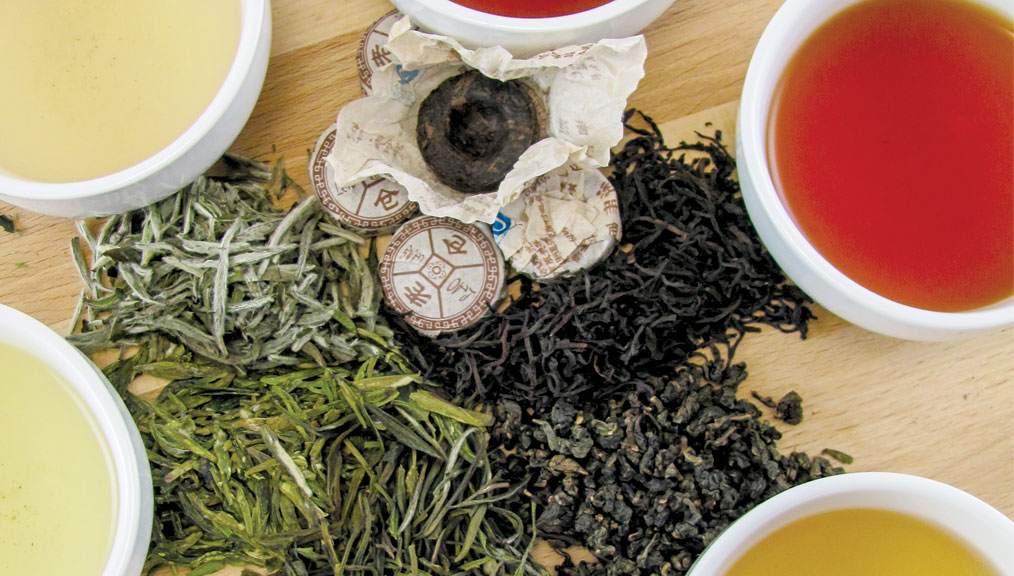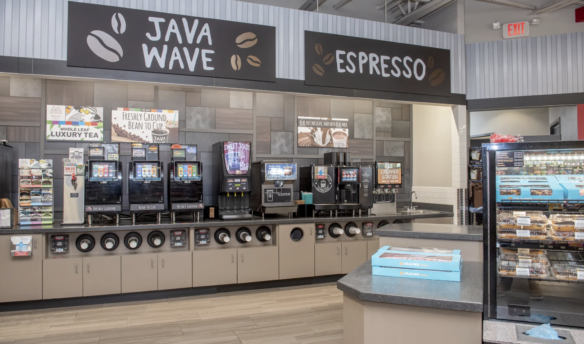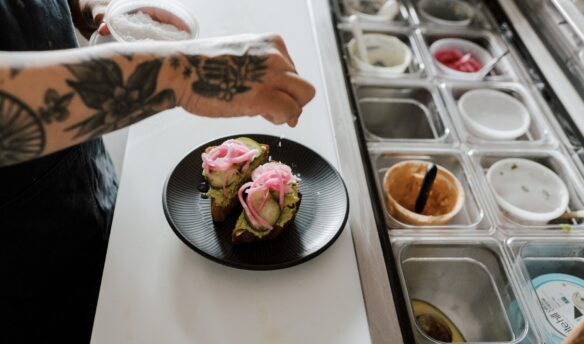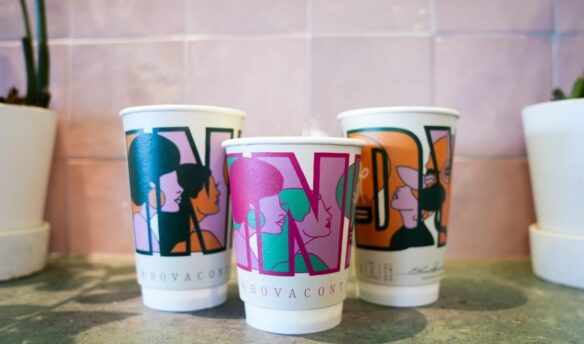(Photo: Cynthia Meadors.)
[O]ne of the incredible elements of tea is its vast breadth and depth. The range of flavors and experiences within my favorite category of tea, pu-erh, is almost unending, and the amount of knowledge available to a student of pu-erh is ocean deep. For those of us who have made tea not just a passion but a vocation and career, it’s common to provide customers as many opportunities as possible to encounter new and exciting teas. A customer enters a teahouse, either in person or online, and is presented dozens upon dozens of beautiful teas. Surely, they will find the perfect tea in this bounty.
They won’t.
When handed a multi-page menu of teas, the average customer who enters a teahouse or an online tea seller will feel overwhelmed, lost in a sea of unfamiliar names, long tasting notes, and details that mean to offer transparency but only leave confusion.
In the United States, the loose-leaf tea market is very niche. The number of customers who have the knowledge to ask for a pu-erh or high-mountain oolong, let alone a particular one, is limited to thousands of consumers. There just aren’t that many people who can walk into a shop, see a menu of 100 or more teas, and not feel wholly overwhelmed. That segment of the tea-drinking populace is not growing as fast as the competition for their business.
That’s why I think it’s important to have a small number of teas and to limit the amount of information we provide about each of them.
At my business, Teabook, we sell just twelve types of teas, but most of our customers don’t even know we offer that many. Most think we have just white, green, oolong, and red—and they’re more than happy with them. They love the teas they have. And, I believe, part of that enjoyment comes from the experience being simple.
Tea companies should focus on cultivating modern tea drinkers. I think of these customers as people who want something beyond supermarket tea but aren’t interested in the details, and there is a huge opportunity to turn many more people into modern tea drinkers. If we offer smaller menus with fewer friction points (those little things that complicate a buying decision), I believe we can build a larger specialty tea industry, which is what most of us want.
I’ve made the mistake believing that it was best to offer customers as much as I could. I thought they needed a huge variety of tea and as much information as possible to make educated decisions about what they’re drinking. But that’s not true.
Why do most people begin to drink loose-leaf tea? Because it’s healthy. The terroir, the history, and all the other amazing details about tea that make it so cherished by those of us invested in specialty, all that’s just alienating to a new tea drinker.
Most people need a small amount of information because they are making split-second decisions (mostly to do with price), and any additional information needs to be applicable to their daily lives. At Teabook, the most detailed information we provide customers is the city, province, and country of each tea, and we only offer that because they can tell their friends when they share a pot of tea. How it’s grown, how it’s processed, who the farmer is? That’s too much. We have found that our customers care about the genre of tea (oolong, green, etc.) and if it’s pesticide free, but the tea has to be affordable before they show more interest.
My take is at odds with where many other food industries are going. Restaurant menus tell you the rancher who raised the cattle, and in the Whole Bean this month, Rachel Northrop argues for a deep, deep level of information to be available to coffee drinkers (see page thirty). That’s great, and I want tea to reach that point—but we haven’t yet. Tea never had a Starbucks, there was no industry trailblazer who put thousands of teahouses on corners around the US and taught people tea. That core understanding, that foundation of education, was never laid in America. We jumped from crush, tear, curl right ahead to specialty tea, and we left most Americans behind.
If you’re an American, you think of tea as being in a teabag you buy at a grocery store to make into sun tea. That’s tea. You don’t know there’s a 3,500-year history, that there are plantations all over the world, that the soil matters, that it could be more complicated than wine. For that person, a wonderful oolong and a beautiful white tea could be enlightening and inspiring. Telling them it was a bai hao and a bai mu dan could break the spell.
Make tea simple, easy, and welcoming. Get those consumers as committed clients and as time goes on, you can educate them slowly. I believe the goal should be to convert 10 to 20 percent of them into advanced tea drinkers. If we can do that on a large scale, our industry will thrive.
Jeffrey McIntosh is the owner of Teabook.















